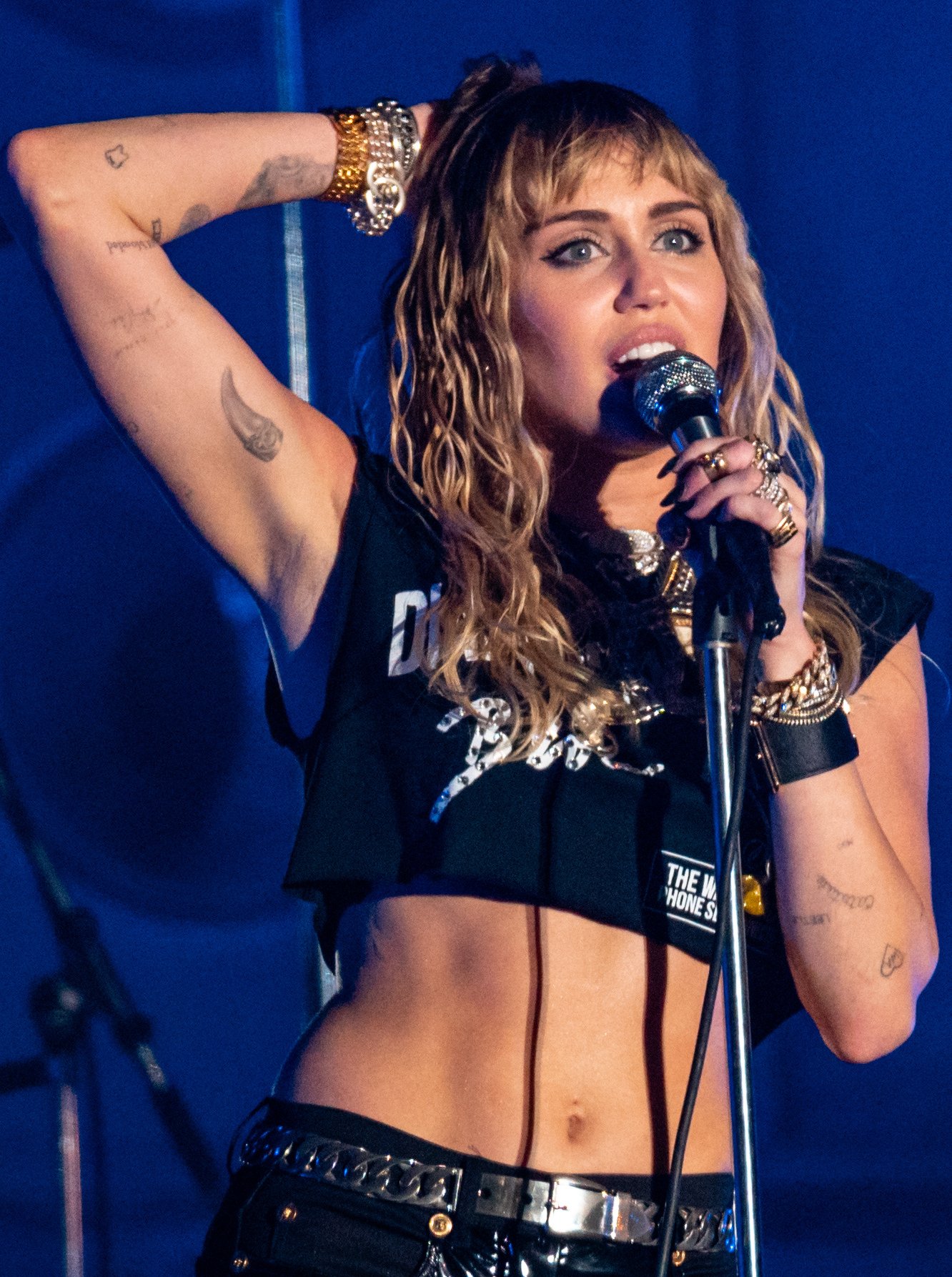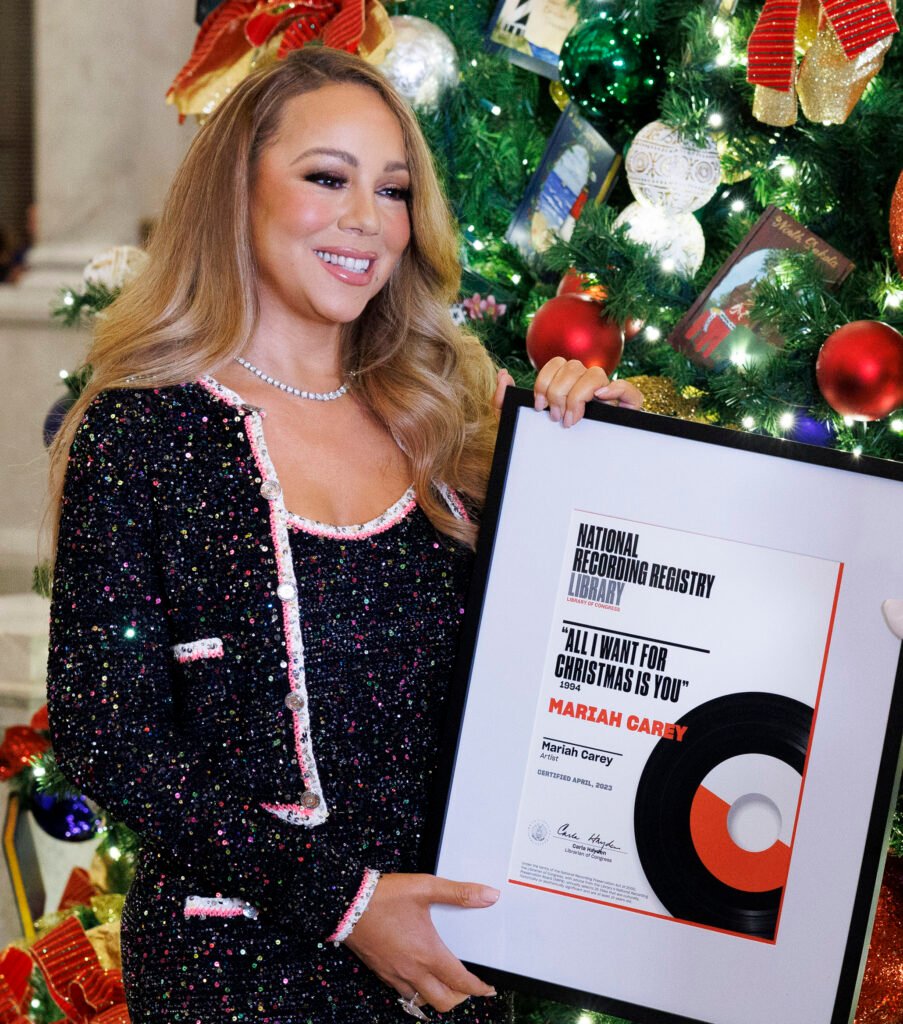Related: Patrick Mahomes’ Family’s Most Controversial Moments Through the Years
Advertisement
Patrick Mahomes always has his family in his corner.
The Kansas City Chiefs quarterback is the son of Pat Mahomes and Randi Mahomes. Before divorcing in 2006, the exes welcomed son Jackson in May 2005. Following their split, both Randi and Pat moved on and welcomed children with other partners. Randi is the mom of daughter Mia Randall while Pat is the father of Zoe Mahomes and Graham Walker.
Patrick expanded his family with wife Brittany Mahomes. The couple, who are high school sweethearts, share daughter Sterling and son Bronze.
Keep scrolling to get to know Patrick’s entire family:
Pat Mahomes Sr. David Eulitt/Getty Images
Pat played in the MLB from 1992 to 2003. He’s pitched for several teams including the Minnesota Twins, Boston Red Sox, New York Mets, Texas Rangers, Chicago Cubs and Pittsburgh Pirates. He also played overseas in Japan for the Yokohama BayStars.
While Patrick was playing football, baseball and basketball in school, his father thought he showed the most promise as a baseball player and encouraged him to drop the other sports.
“He grew up in the clubhouse, he was always around the game, and he was always the best player on his baseball team,” Pat told the Los Angeles Times in February 2023 of his son’s athletic talent. “He was an unbelievable shortstop, he always led his team in hitting, and he threw 97 mph on the mound, so I always thought he was gonna be a baseball player.”
Patrick was selected by the Detroit Tigers in the 2014 MLB draft. However, he ultimately decided not to follow in his dad’s footsteps and focus on football instead. As Patrick emerged as the superstar quarterback of the Chiefs, his dad has supported him throughout his career and cheered him on at several of his games.
Randi Mahomes Jay Biggerstaff/Getty Images
Patrick’s mom is an event planner for Hollytree Country Club where she’s worked since 2005. In addition to her day job, Randi also runs her website, QB Producer, where she strives to “set a positive example” and “make a difference.”
Like her ex-husband, Randi supports Patrick by cheering him on during his game days. Ahead of Super Bowl LVII, Randi posted a throwback photo of her and Patrick from one of his high school football games.
“This feels like yesterday but today I’m headed off to watch (try too ) my boy,” she captioned the pic. “Cheering for my kids never gets old. I wouldn’t have it any other way #chiefs #15 #ibelieve #blessed.”
Jackson Mahomes Jay Biggerstaff/Getty Images
Jackson is Randi and Pat’s youngest son. He is best known for being an internet personality and runs a TikTok page. Jackson and his older brother are very close and was the best man at Patrick and Brittany’s wedding.
“It’s just like being related to anybody else,” Jackson explained of his bond with his big bro in a May 2020 YouTube video. “He’s a cool person, like, we’re super close. We have a great relationship, so I think that’s pretty cool.”
Over the years, Jackson has had his fair share of ups and downs including controversial behavior at Chiefs games and being arrested on charges of aggravated sexual battery in March 2023. (The charges against Jackson were officially dropped in January 2024.)
Randi welcomed Mia in July 2011 and she is Patrick’s half sister. Mia is close with both Jackson and Patrick. She has attended several Chiefs games alongside her mom to cheer on her big brother. Like her brother, Mia also has a love of sports and plays basketball, tennis, volleyball, golf, softball and more.
Pat welcomed Zoe in 2015 and she is Patrick’s second half sister. She’s joined her father to cheer on Patrick during game days. Like her brother and father, Zoe also likes to play sports including soccer and basketball.
Pat is also the father of Graham who, like his half brother, also plays football. Graham is the wide receiver for Brown University’s football team, where he’s played for three seasons. Unlike his other siblings, Graham keeps it more low-key.
“He’s a little bit more laid back than the others,” Pat said of his son in a January 2024 interview with FOX4. “Stays away from the spotlight and goes out and grinds and works. But a very impressive young man.”
Brittay Mahomes Patrick McDermott/Getty Images
Brittany and Patrick met in high school and tied the knot in March 2022. Before the pair wed, Brittany was a soccer player for the University of Texas at Tyler and played one season with UMF Afturelding in Iceland.
Following her soccer career, Brittany has become the No. 1 supporter of Patrick as she cheers him on at every game.
Patrick became a father in February 2021 when Brittany gave birth to daughter Sterling. Sterling served as the couple’s flower girl at their nuptials the following year. Brittany has brought her little one to Patrick’s games to adorably cheer on her dad.
Brittany and Patrick expanded their family with Bronze in November 2022. When announcing his arrival, the couple revealed their little one’s full name is Patrick “Bronze” Lavon Mahomes III. Patrick revealed that his brother Jackson came up with the nickname for his nephew.
“My brother Jackson, whenever we were trying to find something that was a little unique and different, he said, ‘What about Bronze? It fits perfectly with Sterling,’” Patrick explained to reporters in December 2022. “So, we went with that.”
Patrick Mahomes always has his family in his corner. The Kansas City Chiefs quarterback is the son of Pat Mahomes and Randi Mahomes. Before divorcing in 2006, the exes welcomed son Jackson in May 2005. Following their split, both Randi and Pat moved on and welcomed children with other partners. Randi is the mom of
Us Weekly Read More

Miley Cyrus is officially off the market: the pop superstar is engaged to musician Maxx Morando after four years together, and the speculation about “that ring” has finally been put to rest. The engagement caps a quietly steady relationship that has unfolded mostly out of the spotlight, marking a new chapter for Miley after years of highly public romances.
Reports from major entertainment outlets confirm that Cyrus and Morando are engaged following her recent red-carpet appearance in Los Angeles.
Observers noticed a new diamond ring on her left-hand ring finger, and sources close to the singer have since confirmed that the jewelry is indeed an engagement ring. The news comes after days of online buzz and fan speculation, which began almost as soon as photos from the event hit social media.
Maxx Morando is a drummer and musician who has performed with bands like The Regrettes and has also worked as a producer and collaborator behind the scenes. He and Miley were first linked in late 2021, reportedly after meeting through mutual friends and hitting it off on a low-key first date that eventually grew into a long-term relationship. The pair have kept things relatively private, appearing together at select fashion shows, award events, and premieres rather than turning their romance into constant social-media content.
The ring that set the internet on fire features a cushion-cut diamond set on a chunky yellow gold band, a bold, fashion-forward design that fits Cyrus’s eclectic style. The piece is reported to be by designer Jacquie Aiche, whose jewelry is frequently worn by celebrities and known for mixing bohemian influences with luxury materials. Commentators note that the thick band and substantial stone are in line with the current trend toward statement engagement rings that feel modern and personal rather than traditional and dainty.
Longtime fans who have watched Miley grow from Disney Channel star to Grammy-winning artist see this engagement as another milestone in her evolution. On social platforms, many have highlighted how different this relationship feels compared with her past, pointing to the couple’s low-key approach and shared creative interests as signs of a more grounded partnership. Others are already speculating about wedding plans, guest lists, and whether the singer might channel her “Flowers” era energy into a bridal look that breaks all the rules.
Cyrus has spent the last few years redefining herself musically and personally, from the success of “Flowers” to acclaimed live performances and a more polished public image. This engagement to Morando reinforces that arc, presenting her as an artist who has found balance between rebellion and stability, independence and partnership. While no wedding details have been announced yet, the announcement alone ensures Miley and Maxx will remain at the center of pop culture conversations for months to come.

Mariah Carey did not just land a Christmas hit; she locked in a seasonal paycheck for life. Every year, All I Want for Christmas Is You is estimated to pull in somewhere between 2.5 and 3.3 million dollars in royalties, from streaming, radio, licensing, and all those store playlists that flip her on the second the Halloween decorations come down. Over three decades, that adds up to tens of millions tied to a single song, turning one holiday anthem into a textbook example of how a perfectly timed pop track can become a retirement plan in glitter.

What keeps it so sticky is how audiences respond to it emotionally. Fans describe the song as an instant mood-lifter: the kind of track that makes people abandon their carts in Target, sing in the dairy aisle, or scream the chorus in the car like a full-blown music video moment.
People love the mix of old-school Motown-style production, sleigh bells, and Mariah’s big, joyful vocals—it feels nostalgic without sounding dated, and romantic without being corny to most listeners.
For a lot of millennials and Gen Z, hearing that opening piano riff is the unofficial signal that the holidays have “officially started.”
Of course, the obsession is loud enough that the backlash is, too—but even the complaints prove its impact. Some listeners say they are tired of hearing it everywhere, from October onward, but that is partly because it dominates every Christmas playlist, radio rotation, and TikTok trend. Whether people are passionately belting it out or dramatically rolling their eyes, the engagement keeps the streams flowing—and the royalties stacking. Love it or hate it, All I Want for Christmas Is You has become the soundtrack to December, and Mariah collects a festive multimillion-dollar “thank you” every single year.

The Grinch didn’t just steal Christmas—he stole the box office. The 2018 animated film The Grinch turned holiday chaos into serious cash, grossing around $540 million worldwide on a modest $75 million budget, making it the highest‑grossing Christmas movie of all time. That is more than seven times its production cost, which is the kind of holiday return every studio dreams about.

Meanwhile, the 2000 live‑action How the Grinch Stole Christmas with Jim Carrey laid the groundwork for this green empire. That version pulled in roughly $345–347 million worldwide on a $123 million budget, turning a prickly Dr. Seuss villain into a perennial box‑office player and a meme‑ready holiday icon. The nostalgia around Carrey’s performance is a big part of why audiences were ready to show up again almost two decades later.
The 2018 film did not just earn big—it earned smart.
It opened to more than $$67 million domestically in its first weekend and kept playing steadily through November and December, ultimately pulling in about $272 million in the U.S. and roughly $267 million internationally.
Then there is the profit. Trade estimates peg the film’s net profit in the neighborhood of nearly $185 million once theatrical revenue, home entertainment, and TV/streaming deals are baked in. That is before counting years of reruns, licensing, and holiday programming packages—every December, the Grinch gets another quiet deposit while everyone else is wrapping gifts.
Here is how the Grinch stacks up against other Christmas heavyweights by worldwide box office:
| Film | Year | Worldwide Gross (approx.) | Notes |
|---|---|---|---|
| The Grinch (animated) | 2018 | $510–540 million | Highest‑grossing Christmas movie ever |
| Home Alone | 1990 | ~$476 million | Longtime champ, now second place |
| How the Grinch Stole Christmas (live‑action) | 2000 | ~$345–347 million | Built the modern Grinch brand |
| The Polar Express | 2004 | ~$315 million | Holiday staple, trails both Grinch movies |
Different sources list slightly different totals, but they all agree: the 2018 Grinch sits at the top of the Christmas money mountain.
The secret sauce is that the Grinch is more than a movie—he is a business model. Every version of this character hits a different emotional lane: Jim Carrey’s 2000 Grinch is pure chaotic energy and quotable nostalgia, while the 2018 Grinch is softer, cuter, and perfectly engineered for modern families and global audiences. Together, they keep the character relevant across generations, which is exactly what studios want from an evergreen holiday IP.
On top of box office and home sales, the character feeds theme‑park attractions, holiday events, branded specials, apparel, toys, and seasonal marketing campaigns. The Grinch went from “I hate Christmas” to “I own Christmas,” quietly turning grouchiness into one of the most profitable holiday brands on the planet.


Wicked Sequel Disappoints Fans: Audience Verdict on For Good


After Party: Festival Winner for Best Romantic Short


Camp Wackapoo – Rise of Glog Takes Center Stage
Yolanda Adams Questions Traditional Views on God’s Gender, Audience Reacts


Francisco Ramos Takes Top Mockumentary Award at Houston Comedy Film Festival


Trump’s $2,000 Tariff Dividend Plan: Who Gets Paid?


Mamdani’s Victory Triggers Nationwide Concern Over New York’s Future


Why China’s 2-Minute Micro Dramas Are Poised To Take Over The U.S.